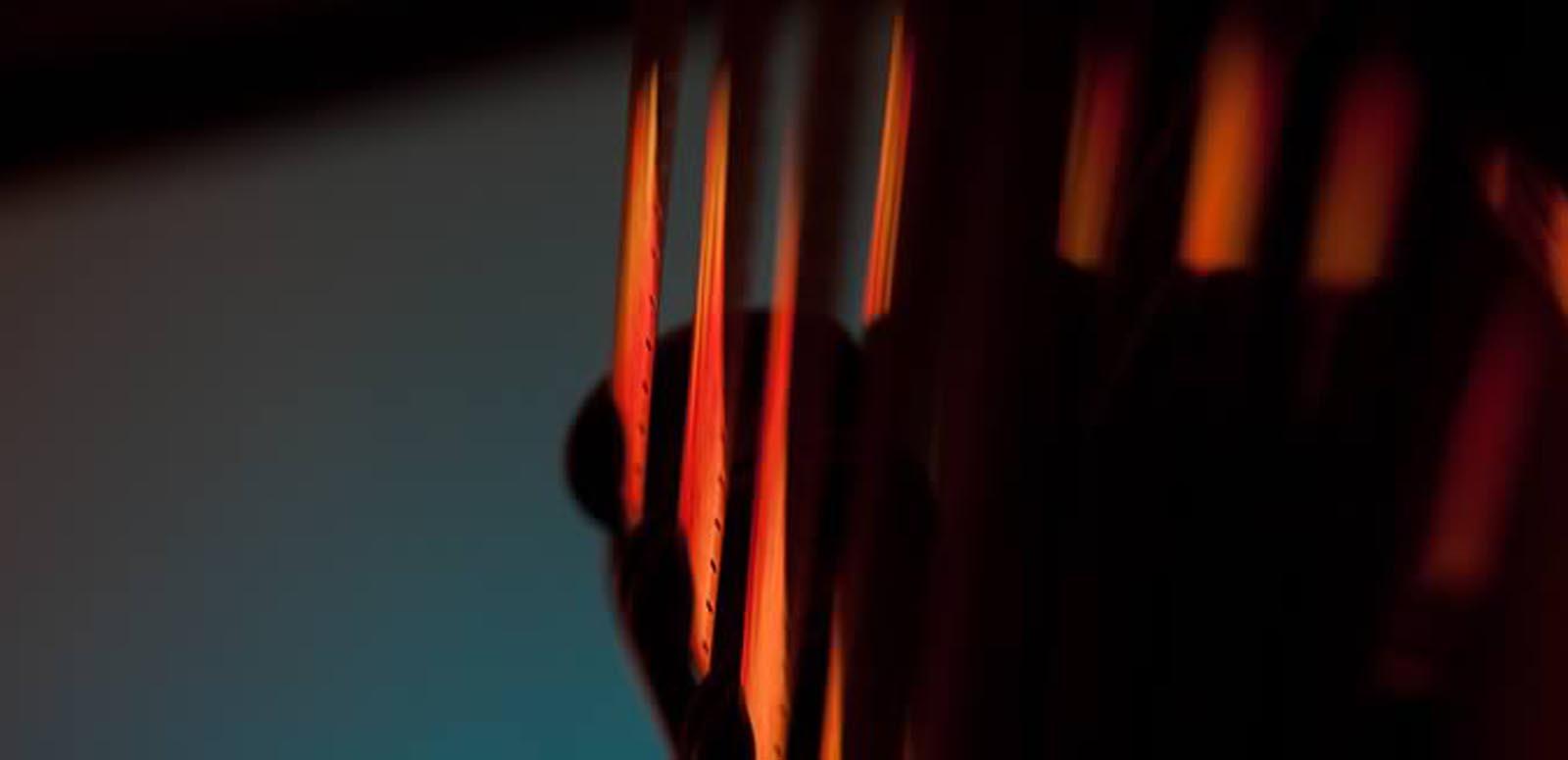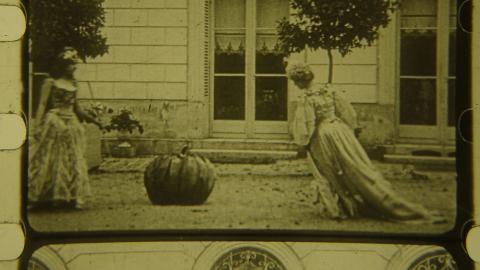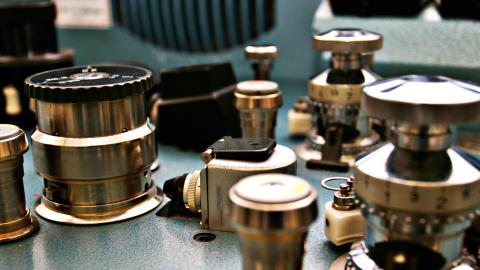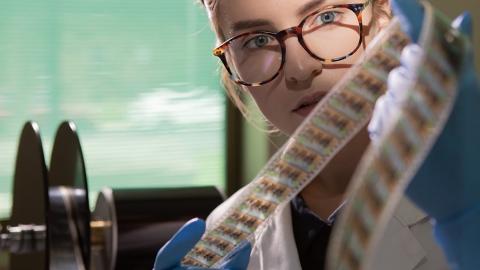

Are we losing the picture?
Nearly a decade after the first digital projectors were installed to screen Star Wars Episode 2, the change to digital is gathering speed very rapidly indeed. Driven by the success of digital 3D movies such as Avatar, cinemas in the US are installing digital systems as fast as manufacturers can supply them. After a hesitant start, the same is happening in Australia, where the switch to digital also means that independent regional cinemas will at last be able to screen features at the same time as the metropolitan chains. Across Europe, the change is almost complete.
And so here is the dilemma. Film archives around the world have developed expertise in preserving film. Many expect their collections to last for 400 years or more, stored in carefully-controlled conditions. The old problems of inflammable nitrate film, shrinking and decomposing acetate film, fading colour dyes, are all understood and controlled.
So how will we screen these prints in the future? And when will that future arrive? Sooner than we expect. A correspondent writes: ‘All screens in Belgium will be digital by the end of the month. No more film prints. They have dismantled the film projectors from the booths. They plan to keep perhaps one per multiplex, just in case, for one year or so.’ In Australia, nearly all cinemas will be digital in three to five years, and few of them will still be able to project film.
So why don’t we simply digitise everything?
There are so many answers to this question. For a start, no-one knows how long digital data can be preserved or how much more it will cost. Best estimates for most digital formats are around ten years, while a couple of years ago the Academy of Motion Picture Arts and Sciences (the organisation behind the Academy Awards or Oscars) in its seminal report The Digital Dilemma estimated that long-term, secure digital preservation would cost about 12 times as much as conventional film preservation.
Do we trust the technology? All you need to see a film image is a light source. Once the equipment to retrieve a digital image is lost, the image is lost too.
Then there is the question of security. Digital copies of commercial feature films are encrypted so that they can only be shown on specific projectors at specific times, in an effort to reduce illegal copying. Who knows when or where an archival copy will be required for screening?
And then the moral dilemma. We want to see artworks in the way their makers meant them to be seen. An archive needs to preserve film as film, even if we make digital copies as well.
So what are we to do? Film? Digital? Both? More later.
The National Film and Sound Archive of Australia acknowledges Australia’s Aboriginal and Torres Strait Islander peoples as the Traditional Custodians of the land on which we work and live and gives respect to their Elders both past and present.


